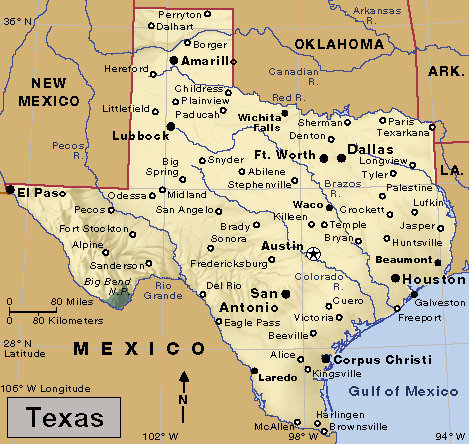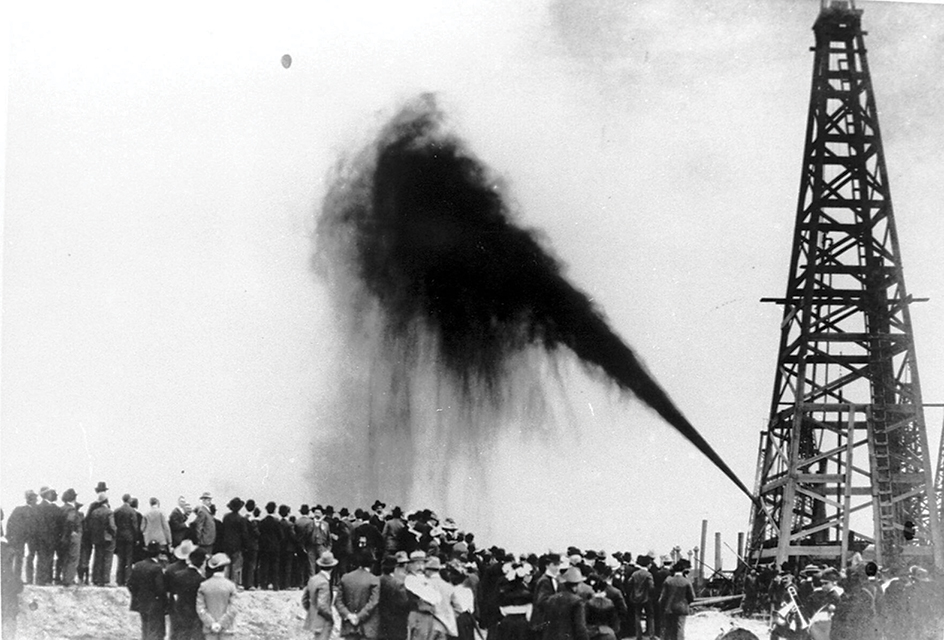Beaumont, << BOH mont >> (pop. 115,282), became the first petroleum boom town in Texas in 1901, after a gusher at the nearby Spindletop oil field began producing crude oil. The well drilled by Anthony F. Lucas gushed more than 800,000 barrels before being capped. The quantity of oil found at Spindletop helped make the United States a leading petroleum producer and led industries to convert to the use of oil-based fuel.

Beaumont lies in southeast Texas, along the Neches River. It is 20 miles (32 kilometers) north of the Gulf of Mexico. The Sabine-Neches Waterway, a deepwater channel, links the city with the gulf. Beaumont, Port Arthur, and other nearby communities form a metropolitan area with a population of 397,565.
Petroleum refineries and plants that make chemicals from petroleum form the basis of Beaumont’s economy. Other economic activities in the metropolitan area include health care, criminal justice and corrections, rice growing and milling, and the production and servicing of oil field equipment. Beaumont’s location along several highways and railway lines makes it an important commercial center. The Port of Beaumont ranks as one of the nation’s busiest ports. Lamar University is in Beaumont. Big Thicket National Preserve, which includes bayous and forests, extends north from the city.

Americans who immigrated to Mexican Texas founded Beaumont in 1835. It received its town charter under the Republic of Texas in 1838. It was incorporated in the state of Texas in 1881. The seat of Jefferson County, it has a council-manager government.
